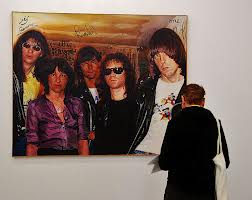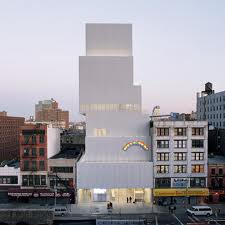Over the past ten years the Bowery has transformed itself almost unrecognizably from a skid-row, impoverished neighborhood, to a trendy, up-scale destination for artists, tourists and others just exploring the more interesting sites around town.
Just walking down the famed street which the neighborhood takes its name from and pedestrians will see high-brow restaurants, glittery night spots, high-end art galleries, luxury hotels and condos, and the world famous New Museum, all clamoring for your dutiful attention. It is hard to believe, let alone remember, that this street was the home to scores of homeless, alcoholics, addicts and other unfortunates.
Yet, the historic nature of the area has not been lost with the danger and grime. The 18th and 19th century buildings are still standing, lending an aura of authenticity to the surroundings. A poetry club brings to mind the Beat poets who used to gather here, writing love-notes to the neighborhood. A few family-owned businesses, including restaurant supply and lighting shops are still around, reminding us that despite the quick gentrification, the neighborhood still has a soul.
“You feel like you’re in a part of history still,” said real estate agent Larry Carty of Corcoran. “When you step out, you have old-school places along with new institutions. People see the culture and the restaurants as amenities to their spaces.”



